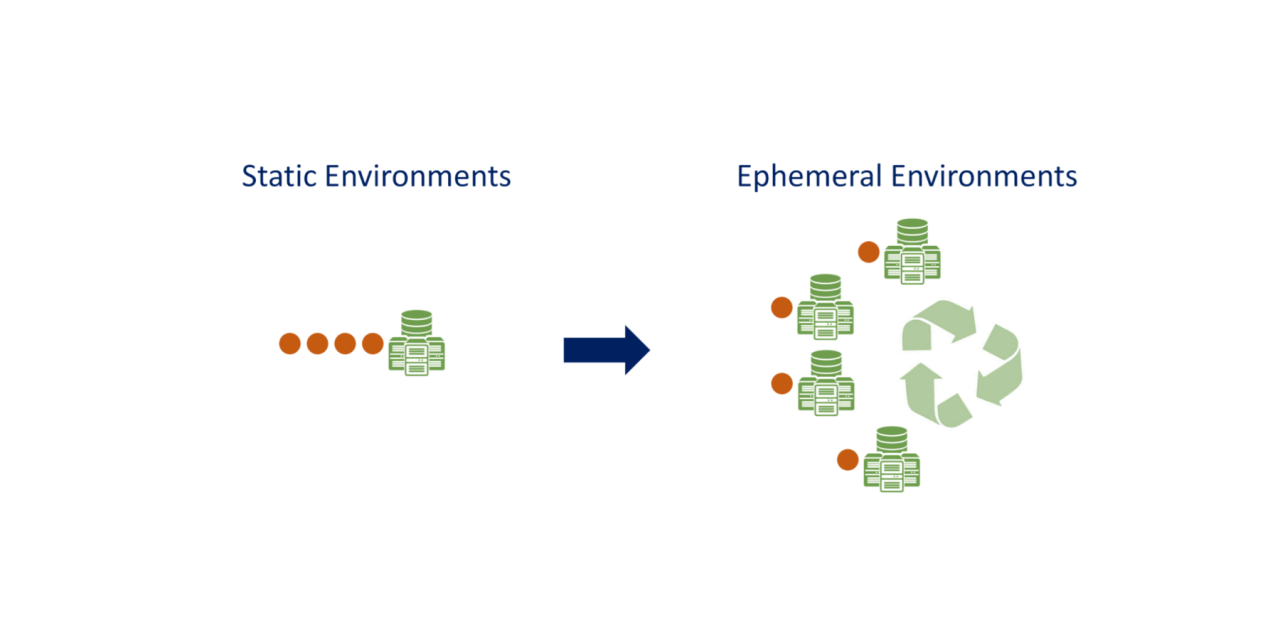By: Jim Azar, Sr. Vice President, CTO
DevOps and digital transformation have brought a paradigm shift in how software is designed, developed, tested, and delivered. They break the latency and fragmentation often seen in traditional approaches like waterfall development. Now everything is collaborative, continuous, and integrated as software takes shape from a basic roadmap to a fully fleshed-out entity. Updates, tests, corrections, fixes, and changes are added in incremental and well-integrated ways.
Software delivery – bumps and dead-ends
It is difficult to break from the rigid processes and habits of an antiquated approach to software development. Many unforeseen issues can contribute to the failure of software delivery before there is time to course correct.
- Projects cannot scale as more work and demands pile up
- Poor organization methods
- Confusing deadlines and overwhelming schedules
- Uncertain and unplanned infrastructure costs
- Cost overruns and scope spill-overs
- Lack of understanding of business needs
- Over-customization
- Lack of consensus and clear definition of priorities
- Politics and stakeholder issues
- Poor communication and over-expectations
So, what goes wrong when everything seems in order from the onset of the project?
Managing successful software delivery cycles
The only way to ensure that the quality, speed, and performance of any software project meets expectations is to: Define, Organize, Watch, and Test – relentlessly and rigorously.
Here is how you can do that well.
- Define: Have a well-defined map of what the goals and requirements of the software are. Account for limitations, expectations, assumptions, and resource needs. Make sure you have an unobstructed view of costs, time-cycles, deadlines, staffing needs, and budgeting constraints.
- Organize: Assign and kick start the project with a detailed blueprint and clear roles and responsibilities. But do not over promise or commit to unrealistic demands.
- Watch: Monitor continuously but without micromanaging or interrupting the workflow. Adapt for essential requirement changes. Keep back-up resources and time cushions handy. Be aware that sudden demands, challenges, and scenarios can pop at any time. Keep provisions to accommodate such variations.
- Test: Adhere to clear communication. Test consistently and never compromise on the core quality, reliability, and robustness of any software, no matter how urgent or high-stake it is made to be.
Software delivery managers face the daunting task of delivering on time and with excellent quality. That’s not an easy challenge to live up to, but with rigor, clarity, and discipline it is possible. You can also take support from experts, tools, and partners to help you on this journey.
Seek help. Be clear. Be sure.



